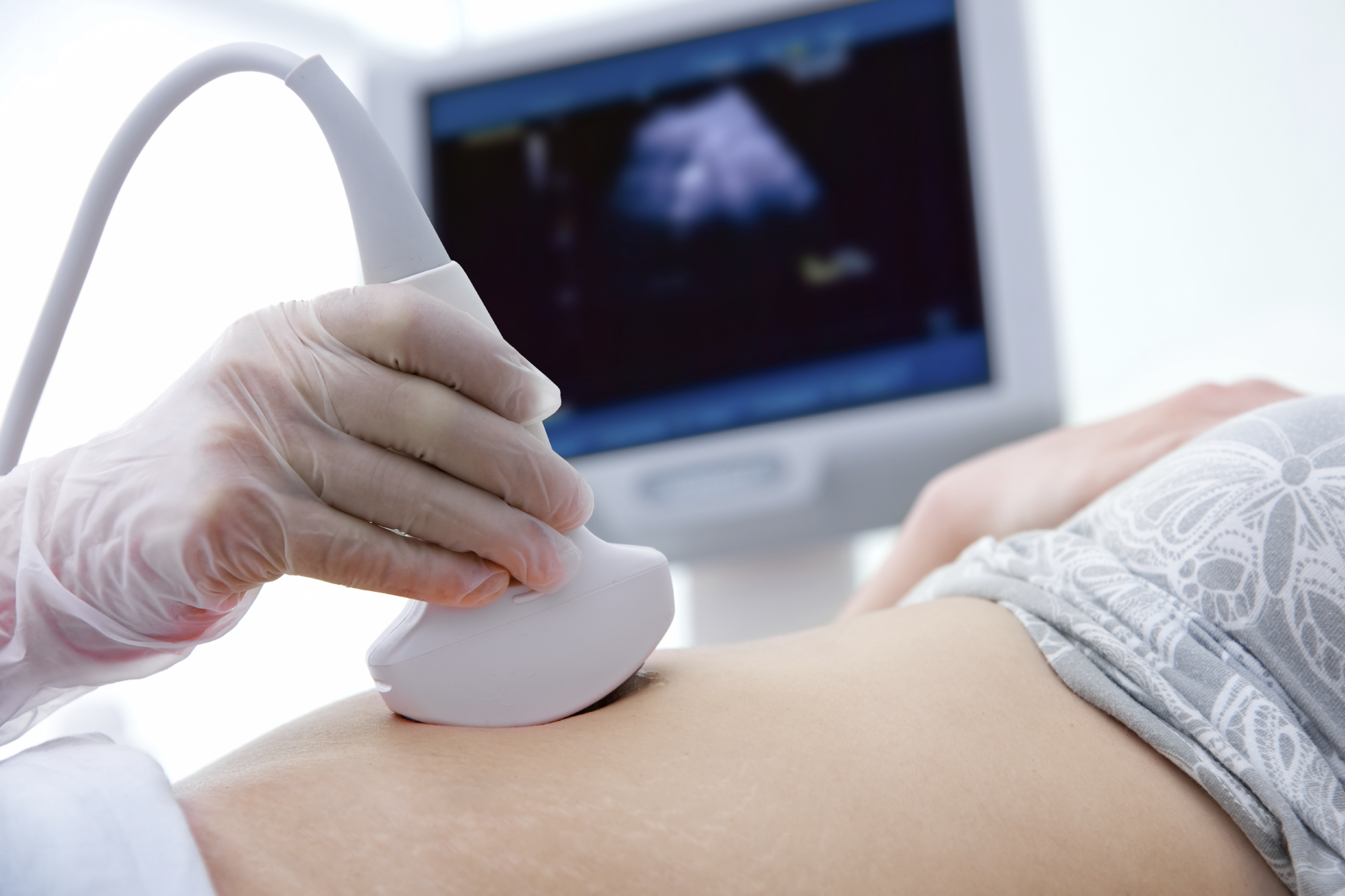How is BORN Data Impacting the Quality of Obstetric Ultrasounds?

Obstetrical Scanning: The Stakes are High and so are the Emotions
Imagine a job where you’re required to make precise measurements (to the tenth of a millimeter) and if they’re not accurate a pregnant person may be misinformed about their baby’s chance of having Down Syndrome. This is the reality for sonographers performing obstetrical scans – their work is meticulous, and the responsibility is immense.
One of the important measurements recorded by sonographers is nuchal translucency (NT) thickness. NT is a collection of fluid at the back of the fetal neck. Increased NT thickness can be associated with chromosomal differences, cardiac defects, and other genetic conditions. The NT measurement, along with bloodwork and demographic information, is used to calculate a patient’s chance of having a pregnancy affected with Down syndrome or trisomy 18.
Katie Virgin, an 11-year sonography veteran, acknowledges that her job is challenging: “Obstetrical scanning is one of the most difficult things we do because the stakes are high and so are the emotions. Accuracy is incredibly important for risk assessment.”
Check Your Pride at the Door and Put Patients First
So when Katie was approached by a team member from Prenatal Screening Ontario and told there were things she could do to improve her obstetrical scanning, she checked her pride at the door and embraced the opportunity to learn: “The moment a sonographer thinks ‘I don't have anything else to learn’ or ‘What's this person going to teach me?’, it’s time to hang up your probes, because that's a part of our careers. We’re always going to be learning”.
Katie participated in the Quality Assurance Program offered by Prenatal Screening Ontario. The program provided Katie the opportunity to refine her NT measurements through an imaging review protocol.
The team at Prenatal Screening Ontario collects NT measurement data in the BORN Information System and correlates it with sonographer ID numbers to create personalized performance reports. This is a critical piece of the quality assurance program - sonographers can log into the BORN Information system and compare their data with internationally accepted standards. Looking at their own NT performance report helps sonographers understand biases and habits in their ultrasound practice. Prenatal Screening Ontario also provides a variety of educational resources and point-of-care tools to support sonographers in their practice.
Katie says the fields of radiology and sonography are incredibly humbling and involve constant learning and evolving: “You have to guard against complacency”. But the rewards are worth it: “It’s a great feeling when I know I’ve captured all the things I need to in one tiny picture - that I've gotten the best data for a patient, which is what they deserve. That's why they're here”.
Katie participated in the Quality Assurance Program offered by Prenatal Screening Ontario. The program provided Katie the opportunity to refine her NT measurements through an imaging review protocol.
The team at Prenatal Screening Ontario collects NT measurement data in the BORN Information System and correlates it with sonographer ID numbers to create personalized performance reports. This is a critical piece of the quality assurance program - sonographers can log into the BORN Information system and compare their data with internationally accepted standards. Looking at their own NT performance report helps sonographers understand biases and habits in their ultrasound practice. Prenatal Screening Ontario also provides a variety of educational resources and point-of-care tools to support sonographers in their practice.
Katie says the fields of radiology and sonography are incredibly humbling and involve constant learning and evolving: “You have to guard against complacency”. But the rewards are worth it: “It’s a great feeling when I know I’ve captured all the things I need to in one tiny picture - that I've gotten the best data for a patient, which is what they deserve. That's why they're here”.
Creating a Culture of Quality
Few people welcome feedback in a manner as gracious as Katie and even fewer take the next step – championing quality among their colleagues. And yet, that’s what Katie has done.
Along with the Lead Radiologist, Katie has been working with management at their clinic to re-shape the obstetrical program with a lens on quality - rewriting policy and updating procedures for the department: “We came up with an in-house NT quality assurance program which includes monthly image audits, training from the International Society of Ultrasound in Obstetrics and Gynecology and education from Prenatal Screening Ontario.”
Without a doubt, Katie and her colleagues at the Oshawa Clinic are exemplary in terms of creating a workplace culture that promotes transparency and continuous learning.
When asked about her experience with the Nuchal Translucency Quality Assurance Program, Katie says
“I could see the gift in it … I just wanted to learn”. We would all do well to learn from Katie.
“I could see the gift in it … I just wanted to learn”. We would all do well to learn from Katie.


 Subscribe to this page
Subscribe to this page
